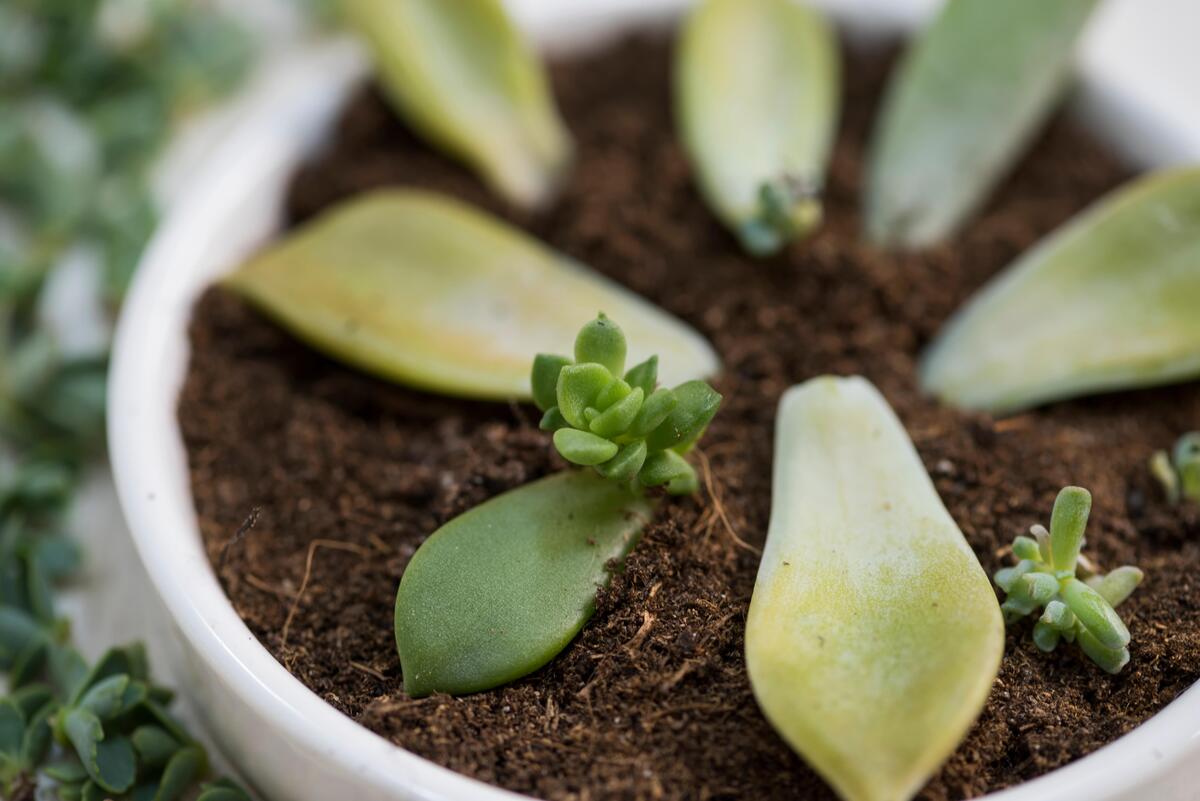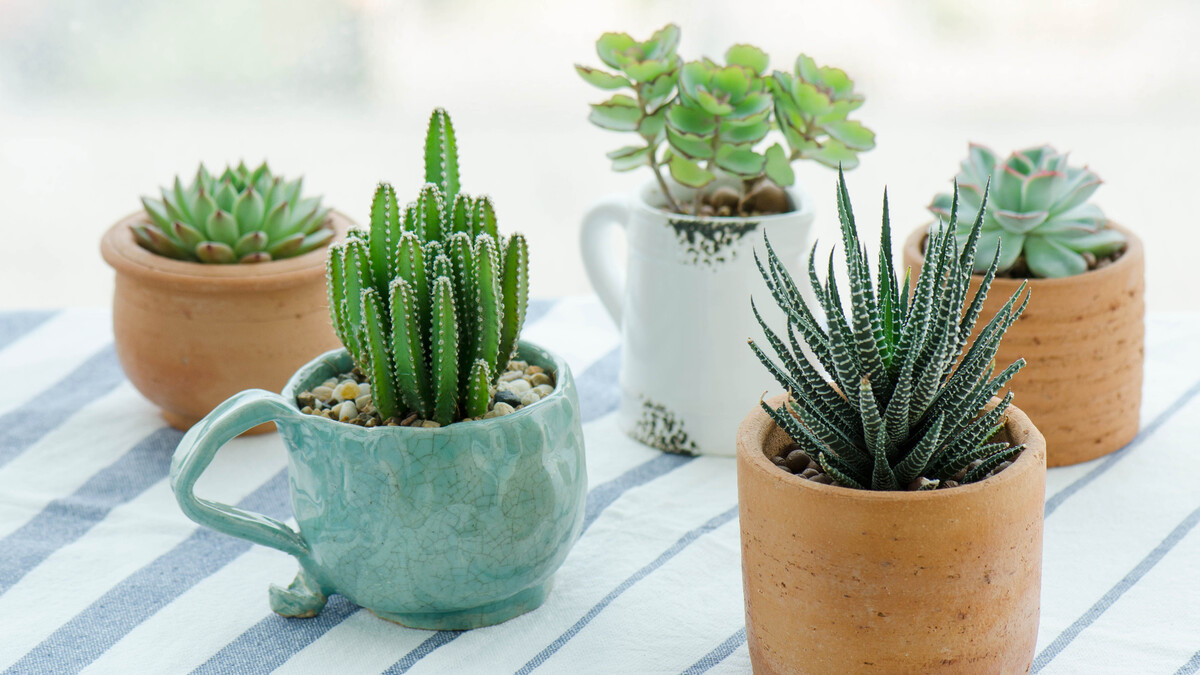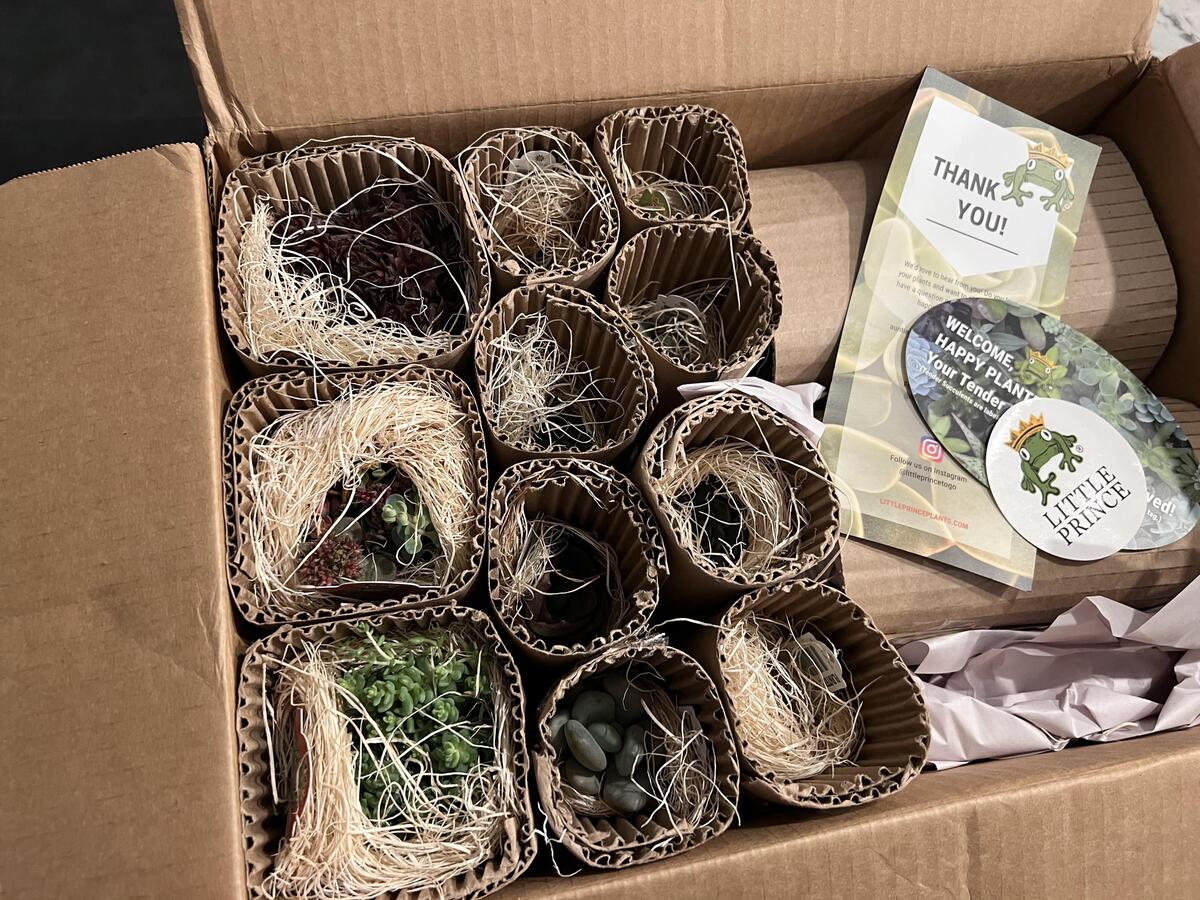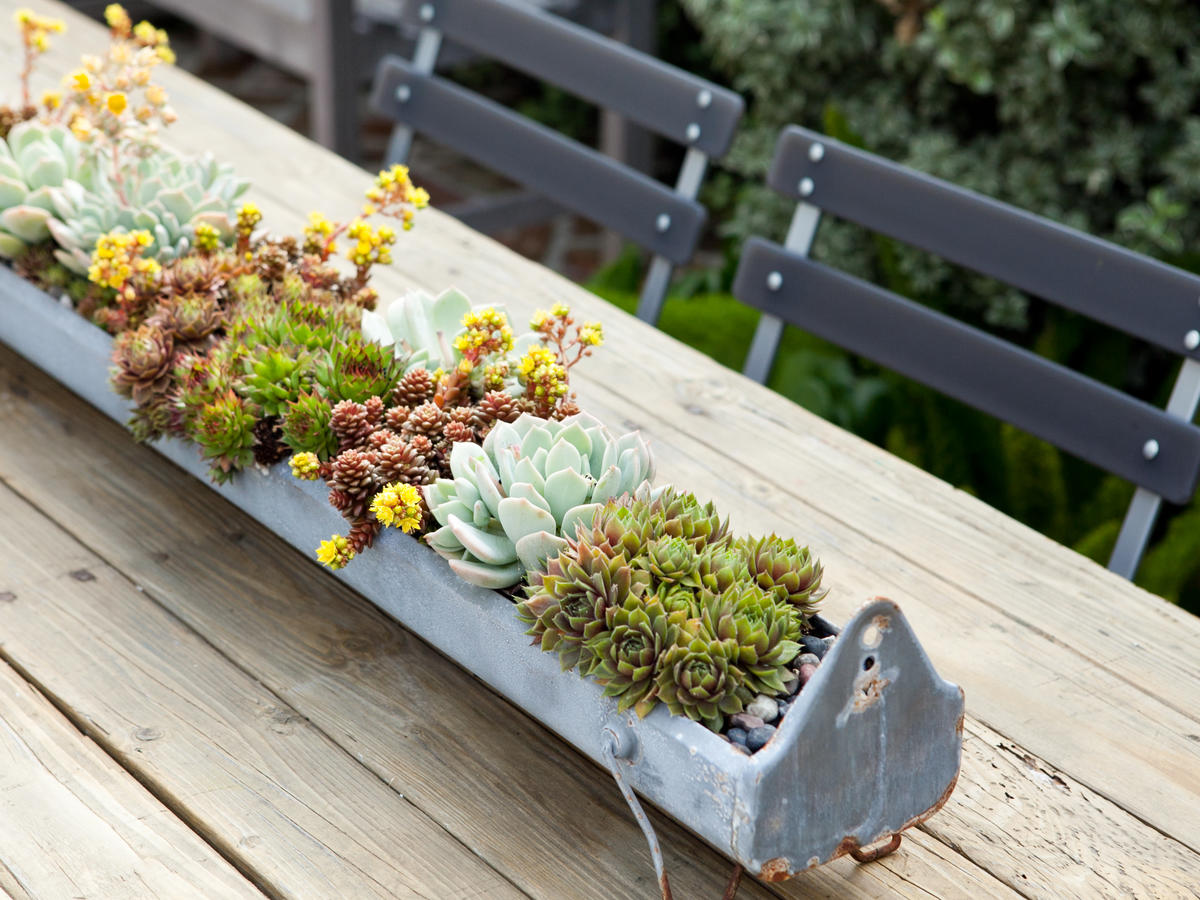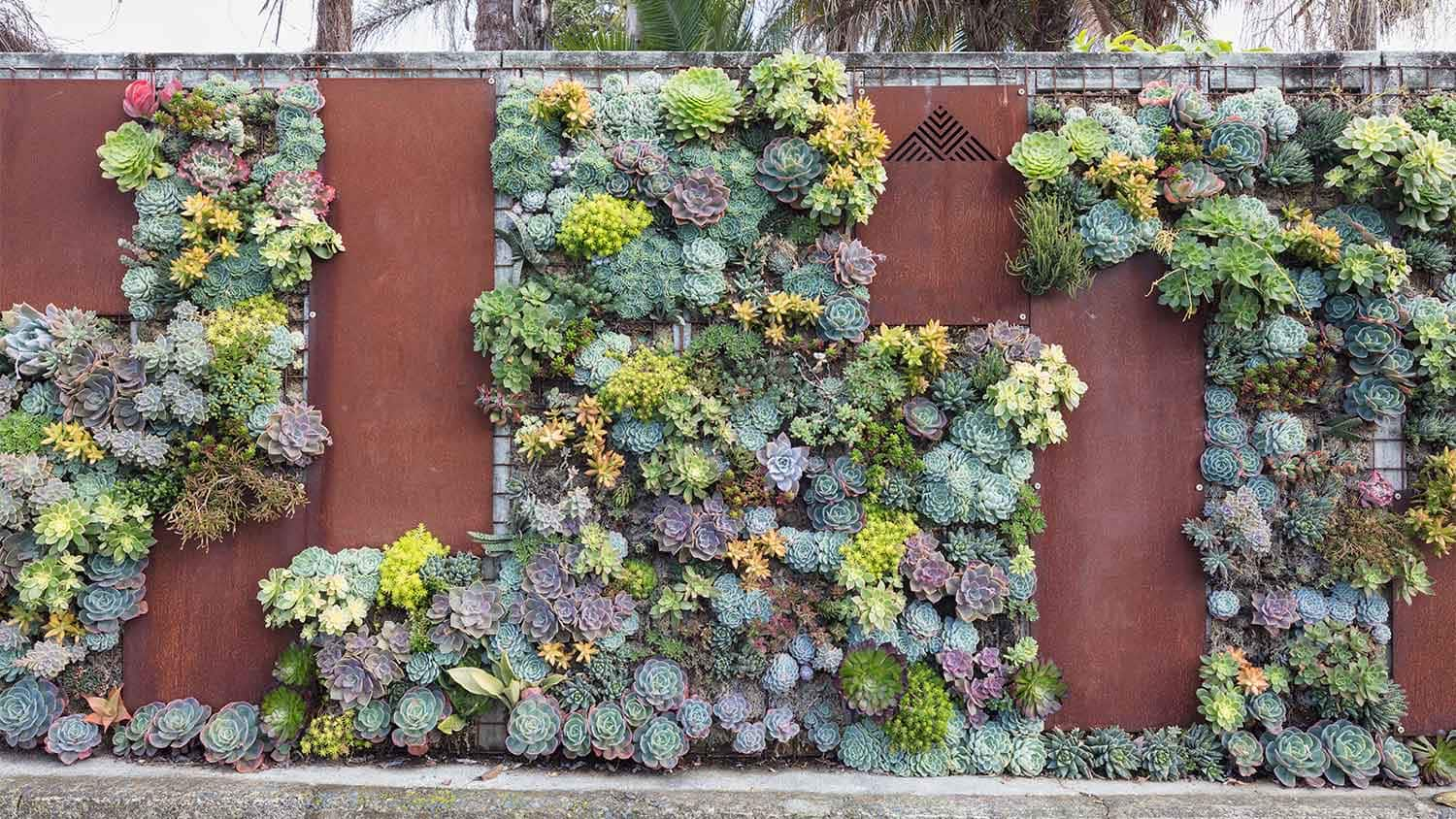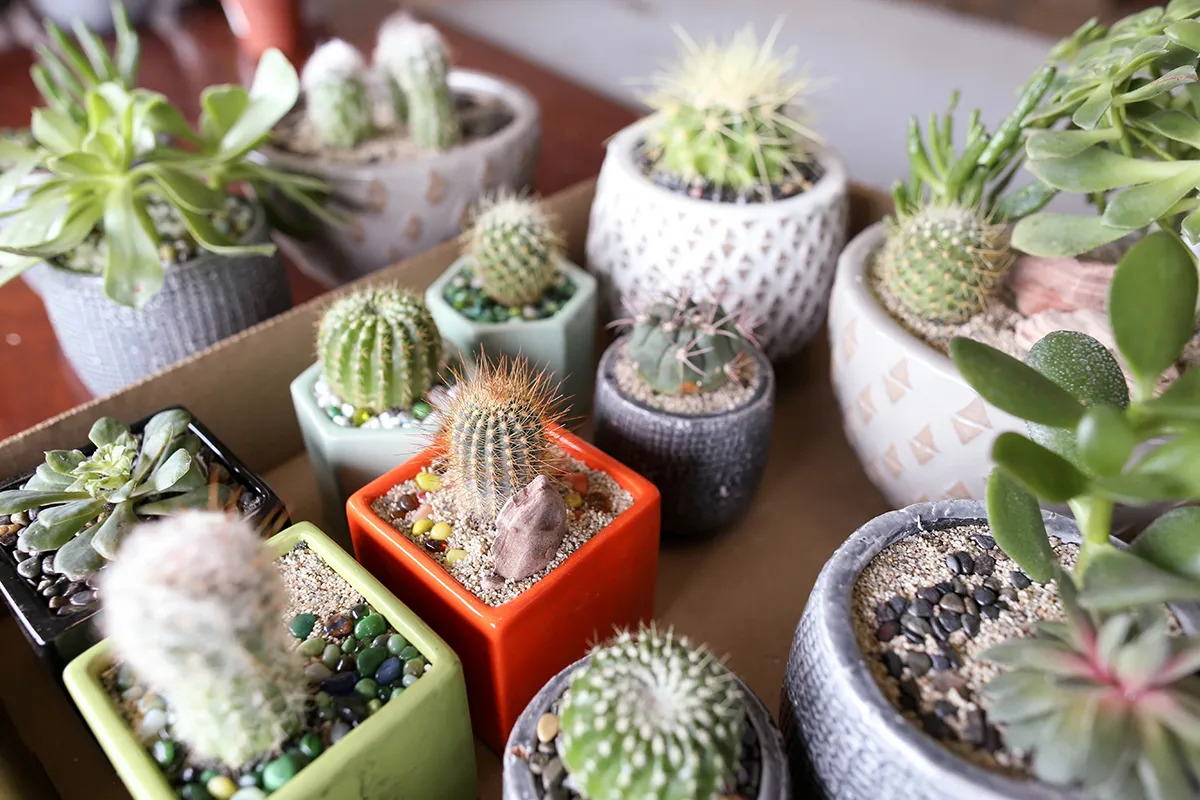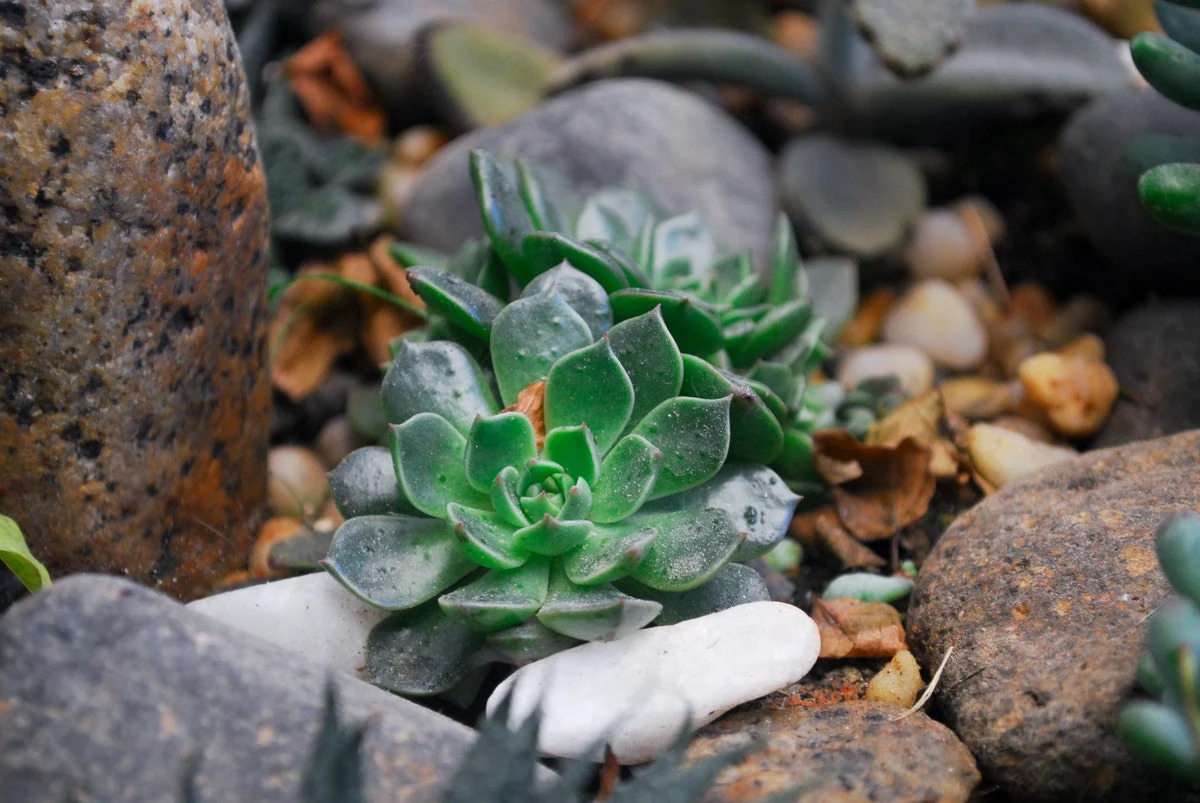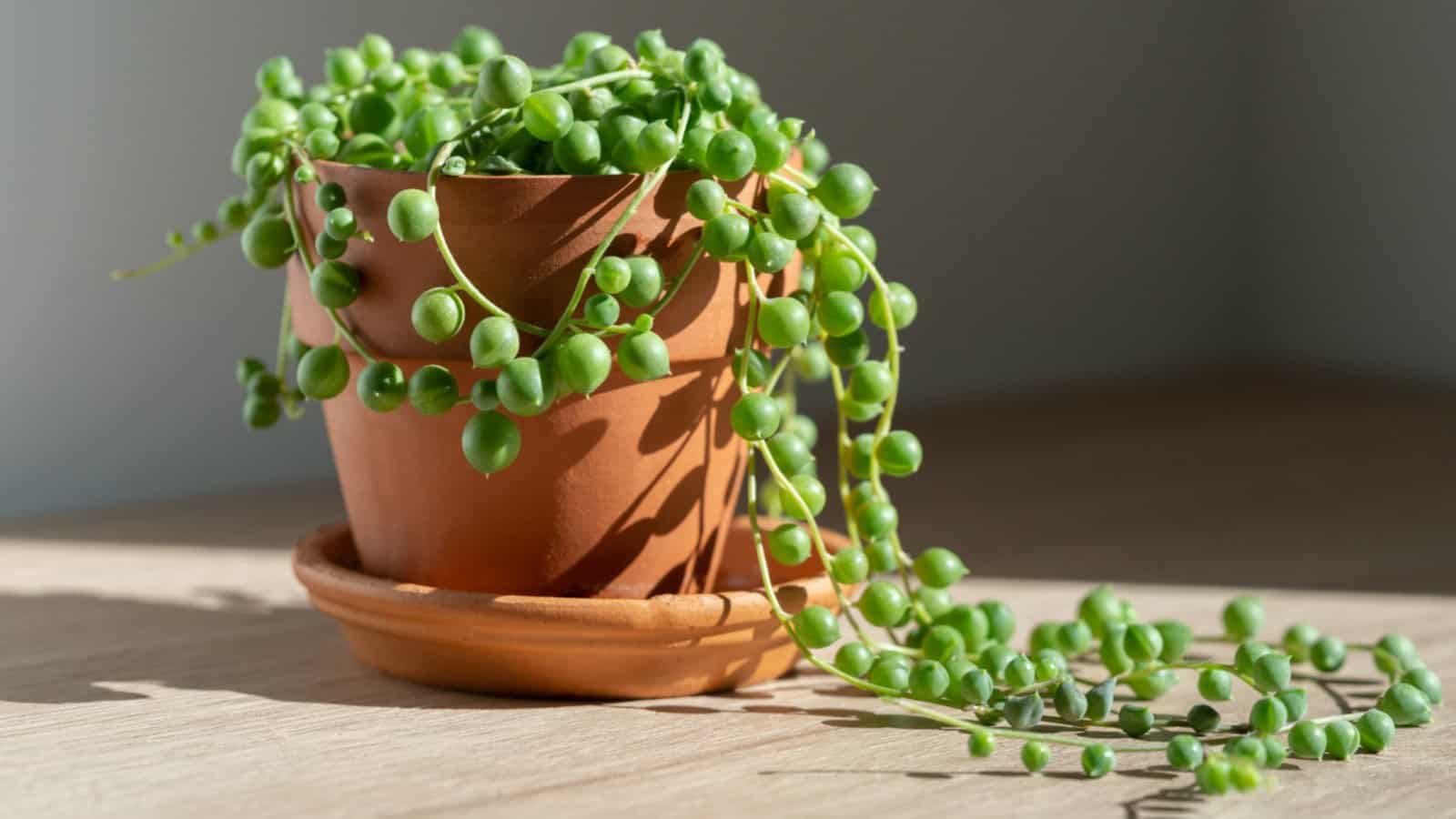Home>Gardening Techniques>DIY Projects>How To Paint Succulents
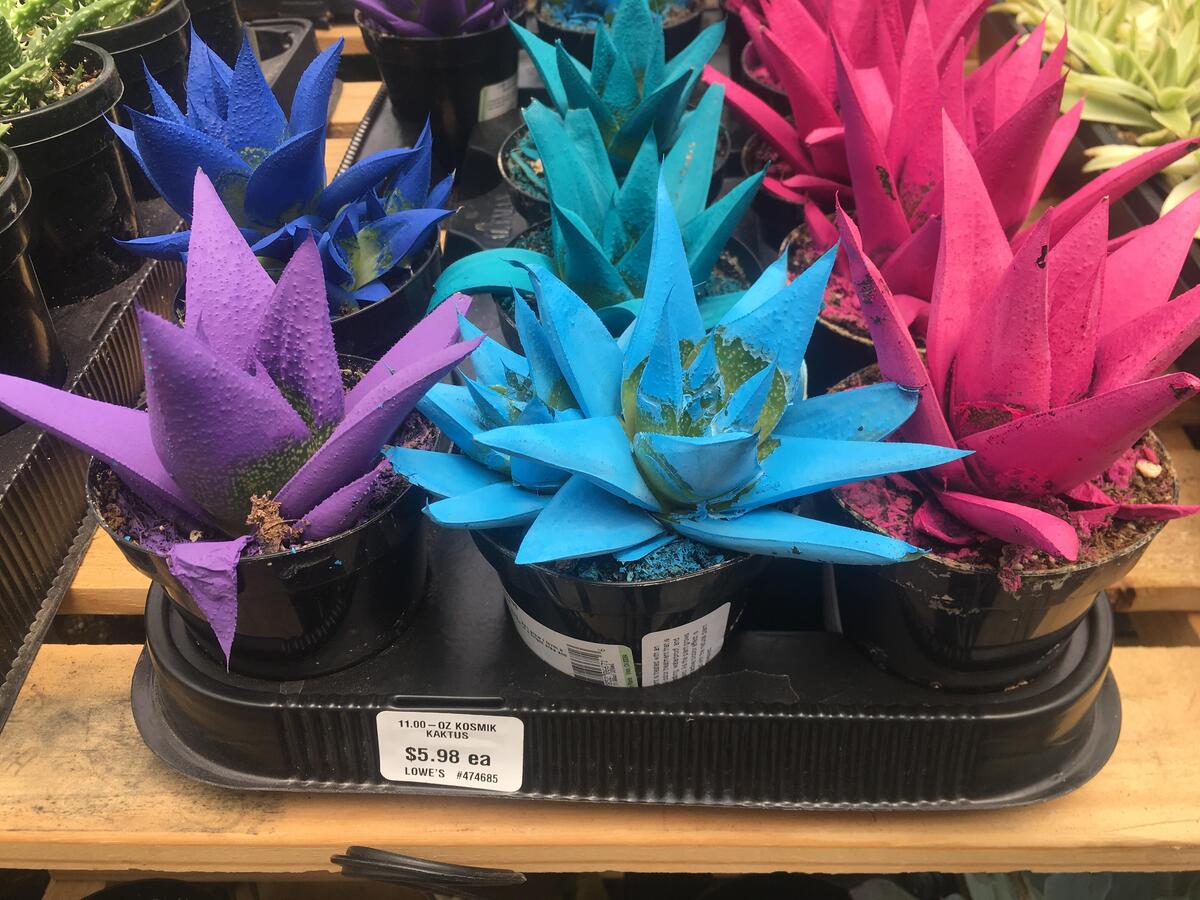

DIY Projects
How To Paint Succulents
Published: December 27, 2023
Learn how to paint succulents in this DIY project guide. Get creative with easy-to-follow steps and add a personal touch to your home decor. Discover the joy of crafting!
(Many of the links in this article redirect to a specific reviewed product. Your purchase of these products through affiliate links helps to generate commission for Chicagolandgardening.com, at no extra cost. Learn more)
Table of Contents
Introduction
Welcome to the wonderful world of DIY succulent painting! Whether you are a seasoned artist or just starting with your creative endeavors, painting succulents can be a delightful and fulfilling project. This art form allows you to combine the beauty of nature with your artistic expression, resulting in stunning and unique pieces that can brighten up any living space.
Succulents, with their diverse shapes and vibrant colors, provide an excellent subject for artistic interpretation. From the elegant curves of the echeveria to the spikey allure of the aloe, each succulent offers a distinct visual appeal that can be translated onto canvas with the stroke of a brush.
In this comprehensive guide, we will explore the step-by-step process of painting succulents, from selecting the right materials to mastering painting techniques and adding intricate details. Whether you are looking to create a striking centerpiece for your home or a personalized gift for a loved one, this guide will equip you with the knowledge and skills needed to bring your painted succulents to life.
So, roll up your sleeves, unleash your creativity, and get ready to embark on an artistic journey filled with color, texture, and the captivating allure of succulents. Let's dive in and discover the joys of painting these enchanting plants!
Choosing the Right Materials
Before you begin your succulent painting adventure, it’s essential to gather the right materials to ensure a smooth and enjoyable creative process. Here’s a breakdown of the essential items you’ll need:
- Canvas or Paper: Select a sturdy canvas or high-quality paper as the foundation for your artwork. The surface should be primed and ready to withstand the application of paint.
- Paints: Acrylic paints are a popular choice for succulent painting due to their vibrant colors and quick drying time. Invest in a variety of colors to capture the diverse hues of different succulent species.
- Brushes: Opt for a selection of fine, medium, and broad brushes to accommodate various details and brushstroke techniques. A set of synthetic brushes is ideal for acrylic painting.
- Pallet: A pallet, whether traditional or disposable, provides a convenient surface for mixing and blending your paint colors.
- Water and Cloth: Keep a container of water and a cloth or paper towels handy for cleaning brushes and managing paint consistency.
- Reference Materials: Gather photographs or real succulents to serve as visual references for shape, color, and texture. Observing real succulents can inspire and inform your artistic choices.
- Protective Gear: To safeguard your workspace and clothing, consider using a smock or apron to prevent paint splatters and stains.
By ensuring that you have these essential materials at your disposal, you’ll be well-prepared to embark on your succulent painting journey with confidence and creativity. The right materials will not only facilitate the painting process but also contribute to the quality and longevity of your finished artwork.
Preparing Your Workspace
Creating a conducive and organized workspace is crucial for an enjoyable and productive succulent painting experience. Here are essential steps to prepare your painting area:
- Clean and Well-Lit Environment: Choose a well-lit area with ample natural or artificial light. A clean and clutter-free environment will help you focus on your artwork without distractions.
- Protective Coverings: Lay down a drop cloth or old newspapers to shield your work surface from paint spills and splatters. This will also make cleaning up easier after your painting session.
- Organized Materials: Arrange your painting materials within easy reach. Having a well-organized setup will save time and prevent interruptions during the creative process.
- Ventilation: If you’re using acrylic paints or other mediums with strong odors, ensure that your workspace is well-ventilated to maintain a comfortable and healthy painting environment.
- Comfortable Seating: Select a comfortable chair or stool that provides adequate support and allows you to maintain a good posture while painting. This will contribute to your overall comfort and focus.
- Inspiring Surroundings: Surround yourself with elements that inspire creativity, such as plants, artwork, or soothing music. Creating a positive and inspiring atmosphere can enhance your artistic flow.
By preparing your workspace thoughtfully, you can set the stage for a rewarding succulent painting session. A well-organized and comfortable environment will not only enhance your artistic process but also contribute to the overall enjoyment of your creative endeavor.
Understanding Succulent Anatomy
Before you start painting succulents, it’s beneficial to familiarize yourself with the basic anatomy of these captivating plants. Understanding the key features of succulents will enable you to portray their unique characteristics with accuracy and artistry. Here are the fundamental elements of succulent anatomy:
- Rosette Form: Many succulents, such as echeverias and sempervivums, grow in a rosette form, with tightly packed leaves radiating from the center. Pay attention to the arrangement and symmetry of the leaves when capturing this feature in your artwork.
- Leaf Shape and Texture: Succulent leaves come in a variety of shapes, from spiky and cylindrical to rounded and fleshy. Take note of the distinct textures and patterns on the leaves, as these details contribute to the visual appeal of the plant.
- Color Variations: Succulents display a rich spectrum of colors, ranging from vibrant greens and blues to deep purples and reds. Additionally, some succulents exhibit striking color changes in response to sunlight and environmental conditions.
- Blooms and Stems: While not present in all succulents, flowers and unique stem formations add another layer of visual interest. Understanding the diverse shapes and colors of succulent blooms can enhance the depth and realism of your artwork.
- Botanical Details: Familiarize yourself with botanical terms related to succulents, such as “areoles” (small, round cushion-like structures on cacti) and “pups” (small offsets or new growth). These details contribute to the accurate portrayal of succulents in your paintings.
By gaining a deeper understanding of succulent anatomy, you’ll be better equipped to capture the essence of these plants through your artwork. Observing and appreciating the intricate details of succulents will enrich your painting process and result in more compelling and lifelike representations of these natural wonders.
Step-by-Step Painting Techniques
Mastering the art of painting succulents involves employing various techniques to convey their unique characteristics and visual allure. Here’s a step-by-step guide to painting succulents with finesse:
- Sketching the Composition: Begin by lightly sketching the outline of the succulents on your canvas or paper. Pay attention to the arrangement and spacing of the succulents to create a visually appealing composition.
- Base Layer Application: Start by applying a base layer of paint to establish the foundational colors of the succulents and their surrounding elements. Use broad brushstrokes to cover the main areas of the composition.
- Building Depth and Dimension: Layer additional shades and tones to create depth and dimension within the succulents. Consider the play of light and shadow on the leaves to add realism to your artwork.
- Detailing the Leaves and Texture: Utilize fine brushes to add intricate details and texture to the succulent leaves. Capture the unique patterns, ridges, and subtle variations in color to enhance the visual interest of the plants.
- Highlighting and Accentuating: Apply highlights to certain areas of the succulents to accentuate their natural luster and contours. This step adds a touch of realism and visual appeal to your painted succulents.
- Background and Compositional Balance: Consider the background of your composition and ensure that it complements the succulents. Blending colors and creating a harmonious backdrop will enhance the overall impact of your artwork.
- Refining and Final Touches: Take time to refine any details, make necessary adjustments, and add final touches to your painted succulents. Step back occasionally to assess the overall composition and make refinements as needed.
By following these step-by-step painting techniques, you can bring the beauty and intricacy of succulents to life on canvas. Each stage of the process contributes to the creation of a captivating and authentic portrayal of these remarkable plants, showcasing your artistic skill and attention to detail.
Adding Detail and Texture
Detail and texture play a pivotal role in capturing the essence and allure of succulents in your paintings. Elevate the visual impact of your artwork by incorporating the following techniques to add depth and intricacy:
- Emphasizing Leaf Patterns: Study the intricate patterns and textures present on succulent leaves. Use fine brushes to carefully depict these details, paying attention to the arrangement of lines, spots, and ridges that contribute to the unique character of each species.
- Layering Colors and Hues: Build depth and visual interest by layering different shades and hues to mimic the natural variations in succulent foliage. Gradually blend colors to create smooth transitions and subtle gradients within the leaves.
- Highlighting and Shadowing: Introduce highlights and shadows to accentuate the three-dimensional form of the succulents. Consider the direction of light and apply highlights to the raised areas while shading the recessed areas to create a realistic sense of volume and contour.
- Textural Effects: Experiment with textural effects to replicate the tactile qualities of succulent leaves. Techniques such as dry brushing, stippling, or using palette knives can simulate the tactile surfaces of various succulent species, adding a tactile dimension to your artwork.
- Incorporating Botanical Details: Infuse botanical accuracy by including small details such as tiny hairs, delicate serrations, or subtle growth patterns that are characteristic of specific succulent varieties. These nuanced details contribute to the authenticity of your painted succulents.
- Creating Focal Points: Use detailed and textured elements to draw attention to focal points within your composition, such as the central rosette of an echeveria or the delicate blooms of a flowering succulent. Emphasizing these focal areas enhances the visual impact of your artwork.
By integrating these techniques, you can infuse your painted succulents with a rich tapestry of detail and texture, elevating them from mere representations to captivating, lifelike portrayals. The careful application of these artistic elements will imbue your artwork with depth, character, and an immersive visual allure.
Caring for Your Painted Succulents
Once you’ve completed your exquisite painted succulents, it’s essential to provide proper care to ensure their longevity and preserve the beauty of your artwork. Follow these guidelines to safeguard and display your painted succulents with care:
- Protective Varnish: Apply a suitable varnish to your finished painting to protect the surface and enhance the vibrancy of the colors. Opt for a varnish specifically designed for acrylic paintings, and follow the manufacturer’s instructions for application and drying.
- Handling and Display: Handle your painted succulents with care to avoid smudges or damage to the painted surface. When framing or displaying your artwork, use archival-quality materials and ensure that the painting is adequately protected from dust and environmental elements.
- Appropriate Lighting: Display your painted succulents in an area with moderate lighting. Direct sunlight or harsh artificial light can cause fading or discoloration over time. Consider using UV-protective glass if framing your artwork for added preservation.
- Cleaning and Maintenance: Periodically dust your painted succulents with a soft, dry brush or a gentle blast of compressed air to remove any accumulated particles. Avoid using cleaning solutions or water directly on the painted surface.
- Environmental Considerations: Keep your painted succulents in a stable environment with moderate temperature and humidity levels. Extreme fluctuations in temperature or exposure to moisture can compromise the integrity of the painting over time.
- Professional Consultation: If you have specific concerns about preserving your painted succulents or require advice on restoration or conservation, consider consulting a professional art conservator for expert guidance.
By attending to the care and preservation of your painted succulents, you can ensure that your artwork remains a captivating and enduring representation of these remarkable plants. Proper care not only safeguards the visual appeal of your painting but also honors the time and creativity invested in bringing your painted succulents to life.
Conclusion
Congratulations on embarking on a creative journey filled with the vibrant allure of succulent painting. Throughout this comprehensive guide, we’ve delved into the intricate art of capturing the beauty and intricacy of succulents on canvas. From selecting the right materials and preparing your workspace to mastering painting techniques and caring for your finished artwork, you’ve gained valuable insights into the world of succulent-inspired artistry.
As you continue to explore the art of succulent painting, remember that each stroke of the brush is an opportunity to celebrate the remarkable diversity and visual splendor of these resilient plants. Embrace the unique shapes, colors, and textures of succulents as you translate their charm onto your artistic creations.
Whether you’re painting for personal enjoyment, gifting your artwork to others, or even considering sharing your talent with a wider audience, the art of succulent painting offers a medium for self-expression and connection with nature. Your painted succulents serve as a testament to your creativity and appreciation for the natural world, inviting viewers to marvel at the captivating beauty of these botanical wonders.
As you continue to hone your skills and explore new artistic horizons, let the enchanting allure of succulents inspire your creativity and bring joy to your artistic endeavors. With each brushstroke, you have the opportunity to convey the timeless elegance and resilience of succulents, creating captivating artworks that resonate with art enthusiasts and nature lovers alike.
So, embrace the vibrant hues, intricate patterns, and tactile textures of succulents, and let your artistic journey flourish as you paint these remarkable plants with passion and finesse.


